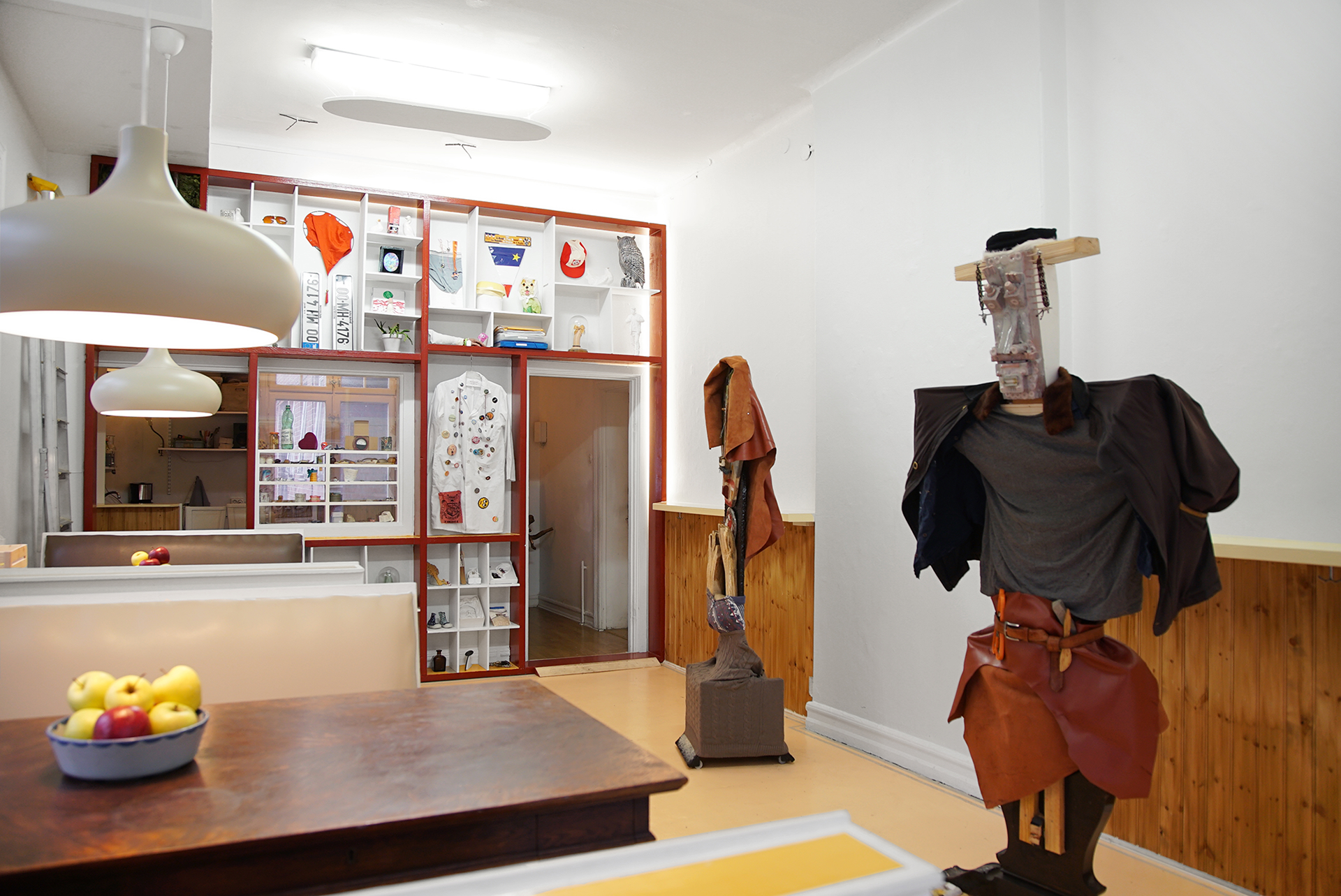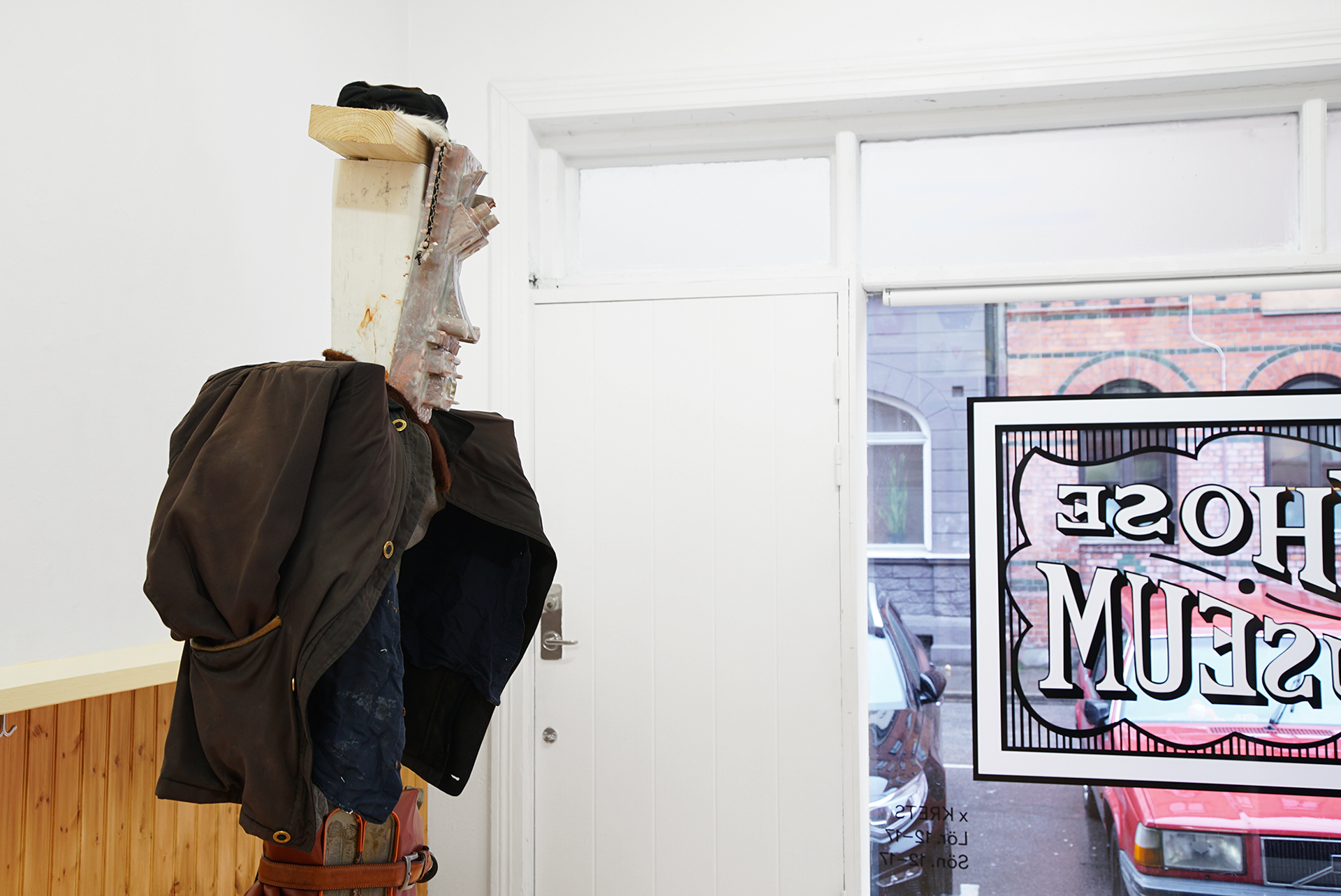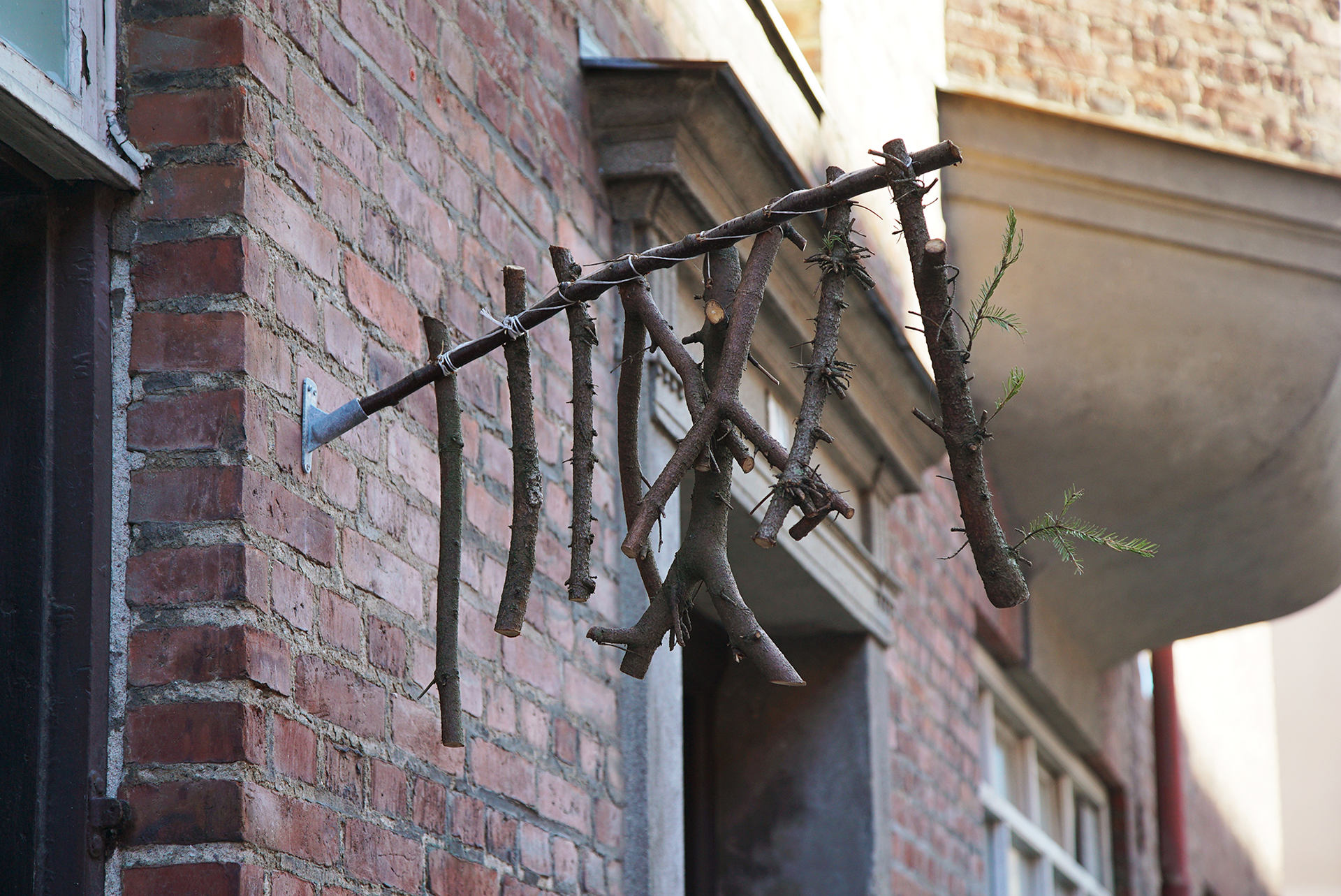Consider for a moment that a museum is a living organism, their collections forming a body whose relationships compel them to move and to act. Who will they become?
In 2019, KRETS will be run by the art collective Whose Museum, who will present a year-long exhibition project. The gallery will become a shared setting: functioning as a diner-themed curiosity cabinet in which to meet the collection and reconsider the role of the museum as a safe and open meeting place for anyone wishing to be involved. Throughout the year, visitors will be invited to draw, taste, touch, smell, question, and donate to the collection.
The year will be divided into five chapters and each will build on the last. The cross-disciplinary program will consist of shifting exhibitions, performances, workshops, talks, and other forms of collaboration. The following artists will present new works in response to this setting: Patrick Cruz (CA/PH), Laura Hatfield (CA/SE), Alanna Lynch (CA/DE), Transnational Queer Underground and Tom Moore (UK/DE), Max Ockborn (SE), ieke Trinks (NL), Louise Waite (SE), Maria Wæhrens (DK), plus special guests. Whose Museum will also develop a podcast with musician John B McKenna, who will investigate the collection, researching and interviewing current and past collaborators. Launching the exhibition project, the first chapter will feature a transformed gallery and installation by Malmö-based artist Max Ockborn, produced in collaboration with Johannes Raoust and Laura Hatfield.
CHAPTER 1: MAX OCKBORN
PORTRAIT OF FOUR POTENTIAL PERSONS IN MALMÖ AND A RECONSTRUCTED GALLERY
February 23 – March 31, 2019
Max Ockborn (b. 1983) works with sculpture, painting, objects, text and installations. His art has the character both of nomadic rites and the thoughtful escape of the mind. He applies a theoretical background on his art intuitively without being literal. Walking through meadows, prairies or forests he gathers pieces of wood, stones and bones only to transform them into tools, social situations or sculptures.
It is a diner here, with booths and all. The collection of Whose Museum is shown together with some of the things that have wanted to come with me to my studio over the years. One fills out a form to donate things to Whose Museum. No one has donated the things I have brought along, they can leave anytime, if they would want to. We are not yet done with one another, we look at each other nearly every day. In a compartment in the wall sit some plants from Malmö. They smell good, and are fixed with sticks that have perhaps been carved by the sculptures. I brought along a few sculptures as guests, but I can’t find menus for them. Instead we look and hang out, hang out and look, as one does. Behind the bar is a pizza oven. One of my guests became employed there, carries wood to the oven, shovels pizzas. Another guest has already got their pizza and is about to bite into it. The other two are doing their best to find someone to talk to about what they have seen lately. What should the sculptures be looking at? The beholders wonder when they see past the materials and into the souls of the visitors at the diner, the living and the dead. Be careful about what you give away.
ABOUT WHOSE MUSEUM:
Initiated by artist Laura Hatfield, Whose Museum was established in Canada in 2008, when a traveling group of musicians formed a collection of objects and drawings while on tour. The premise is simple: anyone can donate anything to the collection. So far, the items range from the banal to the bizarre, including drawings, discarded objects, prosthetic body parts, plants, songs, and ephemera. The collection acts as a springboard for bringing people together in an exchange over art. As a discursive artist’s museum and loose archival network, the project has involved a number of research projects, social exchanges, and transient exhibitions revolving around a collection of art, objects and events. Exhibitions have previously roamed through backyards, clubs, galleries, basements and schools – but the collaboration with KRETS is the collective’s first long-term presentation in a fixed location.
Initiated by artist Laura Hatfield, Whose Museum was established in Canada in 2008, when a traveling group of musicians formed a collection of objects and drawings while on tour. The premise is simple: anyone can donate anything to the collection. So far, the items range from the banal to the bizarre, including drawings, discarded objects, prosthetic body parts, plants, songs, and ephemera. The collection acts as a springboard for bringing people together in an exchange over art. As a discursive artist’s museum and loose archival network, the project has involved a number of research projects, social exchanges, and transient exhibitions revolving around a collection of art, objects and events. Exhibitions have previously roamed through backyards, clubs, galleries, basements and schools – but the collaboration with KRETS is the collective’s first long-term presentation in a fixed location.
Supported by the Culture Department of Malmö and the Swedish Arts Council
Photos: Lena Bergendahl























